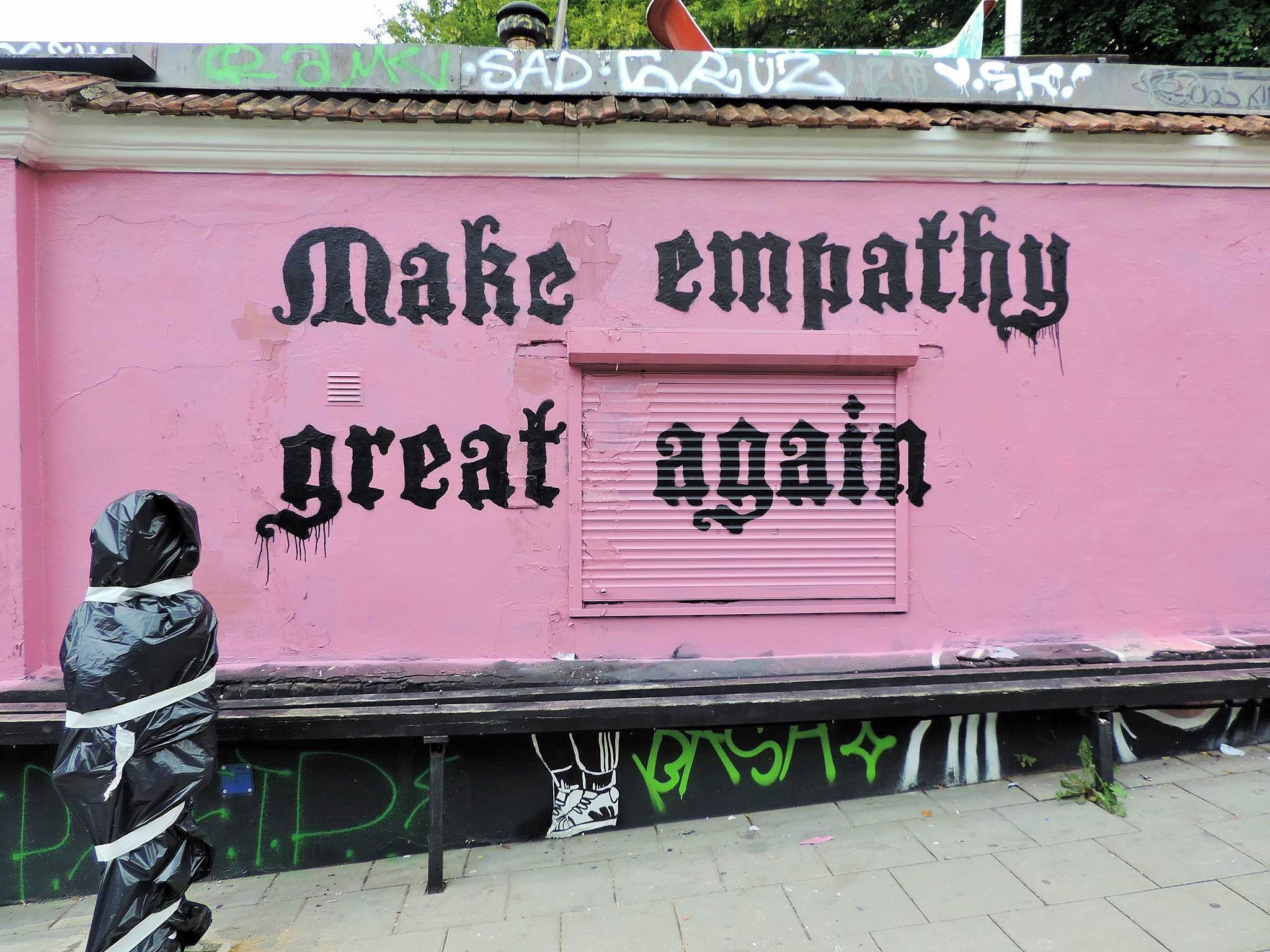Empathy is so — OVER!
Like last year’s Shein Haul.
It’s time to chuck it and move on.
What was once a critical design tool for user understanding, is now a lazy buzzword.
Empathy as popularized by the likes of David Kelley at IDEO is shorthand for a bias-reducing ethnographic research. It provides context, insight, and meaning to what we offer customers.
Steve Vassolo says it this way, to “truly understand your user, we would have to go live among them: gather intel on their behaviors, lifestyles, and concerns; and probe how they make use of the products.”
Likewise, Dr. Brené Brown’s research brought empathy into popular view by severing its confused association with sympathy.
According to Brené Brown, empathy is the ability to relate to how someone else feels, while sympathy is feeling bad for someone without relating to them emotionally. The first connects us on a human level through experience. The latter drives a wedge to separate us.
One empathy, three facets:
Cognitive Empathy is the ability to understand another person’s perspective and mental state.
Emotional Empathy is the ability to share and feel another person’s emotions.
Compassionate Empathy is the ability to care for another person’s well-being and take action to help them.
Of the three, it’s ‘cognitive’ empathy which some experts see as the secret weapon for business success. Since it emphasizes the other’s perspective and mental state. As the name implies it’s more cerebral.
But for others, cognitive empathy alone is not enough. As it can also lead to manipulation, detachment, or indifference.
Therefore, it’s important to balance cognitive empathy with ‘emotional’ and ‘compassionate’ empathy. Which adds caring and feeling to the mix. Yet, knowing when and how to use each is key.
So what happened to our old friend empathy?
People found out that practicing empathy is hard. It requires intention and a process. It requires change and commitment. So, people phoned it in by striking an easy posture of sympathy. Meanwhile, poor old empathy is hollowed at the core.
Why shouldn’t we just move on?
The machines are bearing down on us. Algorithms famously shift and bend our thoughts and desires with ease. They push us “what we want,” want it or not. So we skirt the uncomfortable and facts become a choice. We grow more separated and steeped in our own BIAS.
Meanwhile, AI compounds this dumbing down. Yes, machine learning is a great democratizer. It will raise the floor of many things — both good and bad. But it only knows what we feed it. So, if we let it, it will dehumanize us too.
Good design brings something new to the table.
It requires that we seek perspective, build something, put it out in the world, collect data, collect feedback, and make adjustments. This starts by caring about the user. I call this evidence-based empathy.
Call me quaint, but I’m doubling down on the human.





